Better life opportunities for millions of people
According to a thematic report by the National Office for Poverty Reduction ( Ministry of Agriculture and Environment ), in just four years (2021-2025), Vietnam has achieved and exceeded the poverty reduction targets set by the National Assembly and the Government. The poverty rate decreased from 5.2% in 2021 to 1.93% in 2024, and is expected to be around 0.9-1.1% by the end of 2025. In particular, the poverty rate of ethnic minority households decreased to 12.55%, an average decrease of 4.45%/year.
|
The White Flax Cooperative (Sa Phin commune, Tuyen Quang province) creates jobs for many Mong women in difficult circumstances. (Photo: Thanh Luan) |
Social awareness of poverty reduction has also been raised. Many households voluntarily removed themselves from the list of poor households and examples of poverty escape have become a driving force spreading throughout the community. The Government has issued synchronous policies, prioritizing disadvantaged areas and ethnic minority areas, gradually shifting from "free giving" to "conditional support". The state budget has been allocated reasonably, combined with the mobilization of social resources to implement the National Target Program on Sustainable Poverty Reduction.
Infrastructure in poor areas has changed significantly. Up to now, 19 particularly disadvantaged communes in coastal and island areas and 3 poor districts have escaped poverty. The emulation movement "For the poor - No one left behind" has become a driving force for the entire political system and people to participate.
The report stated: The multidimensional poverty standard for the 2021-2025 period has helped the number of poor people benefiting from the policy increase 2.3 times by 2022. Poverty reduction policies have been comprehensively implemented: poor households are supported with loans of up to 100 million VND, in case of borrowing capital to work abroad, they can borrow up to 100% of the contract cost, the current interest rate is 6.6%/year. Poor households are given free health insurance cards, supported with medical examination and treatment costs; preschool children and high school students are exempted from tuition fees, supported with study costs. Supported loans for housing, domestic water and construction of hygienic toilets; subsidized electricity bills of 46,000 VND/household/month. Poor people and ethnic minorities in difficult areas are also provided with free legal services. These policies have directly ensured social security rights, improved economic autonomy and living conditions of the people.
Implementing Resolution No. 24/2021/QH15, the National Target Program on Sustainable Poverty Reduction for the 2021-2025 period has been implemented on a comprehensive scale. To date, the program has built more than 2,600 infrastructure works in poor districts and extremely disadvantaged communes, including transportation, irrigation, education, health care, clean water and culture. More than 10,500 poverty reduction models have been deployed, attracting more than 205,000 households to participate, of which over 110,000 are poor. Many projects help poor households improve production methods, apply new technologies, and create sustainable livelihoods. The program also integrates activities on gender, nutrition, vocational training and employment for women, enhancing their socio-economic role.
"The above achievements have been recognized by the people of the whole country and evaluated by the international community as one of the most outstanding successes and most humane significance of Vietnam in the cause of national construction in the period of renovation and international integration," the report stated.
Towards a Vietnam without poverty
Despite the achievements, poverty reduction in Vietnam still faces many challenges: the poverty rate in the Northern Midlands and Mountains and the Central Highlands remains high, in some places over 50-70%; the risk of falling back into poverty still exists; infrastructure in remote and isolated areas is still lacking; a segment of the population remains passive, waiting for support. Climate change, population aging, urbanization and the impact of international conflicts and crises also create additional pressure.
To achieve the goal of "For a Vietnam without poverty", Vietnam is developing a multidimensional poverty line for the 2026-2030 period, raising the expected income level to VND2.8 million/person/month in urban areas and VND2.2 million/person/month in rural areas. Criteria for accessing basic social services such as information, clean water, sanitation and environment are also adjusted.
Poverty reduction will be closely integrated with the National Target Program on New Rural Development, linked with green economic development, digital transformation , climate change adaptation and sustainable livelihood models. The orientation emphasizes creating stable jobs, improving digital skills for the poor, expanding livelihood opportunities in urban and rural areas, linked with start-ups and the sharing economy. Prioritizing disadvantaged groups, promoting gender equality, protecting children and vulnerable people, ensuring everyone has access to basic social services. The State continues to play a leading role in resource mobilization, while encouraging the participation of communities, businesses and international organizations, ensuring transparency and efficiency in management.
This approach affirms that poverty reduction is not just about supporting temporary poverty reduction, but is a process of enhancing capacity, expanding opportunities and ensuring human rights for all people.
Source: https://thoidai.com.vn/giam-ngheo-da-chieu-buoc-tien-nhan-van-cua-viet-nam-trong-bao-dam-quyen-con-nguoi-216534.html


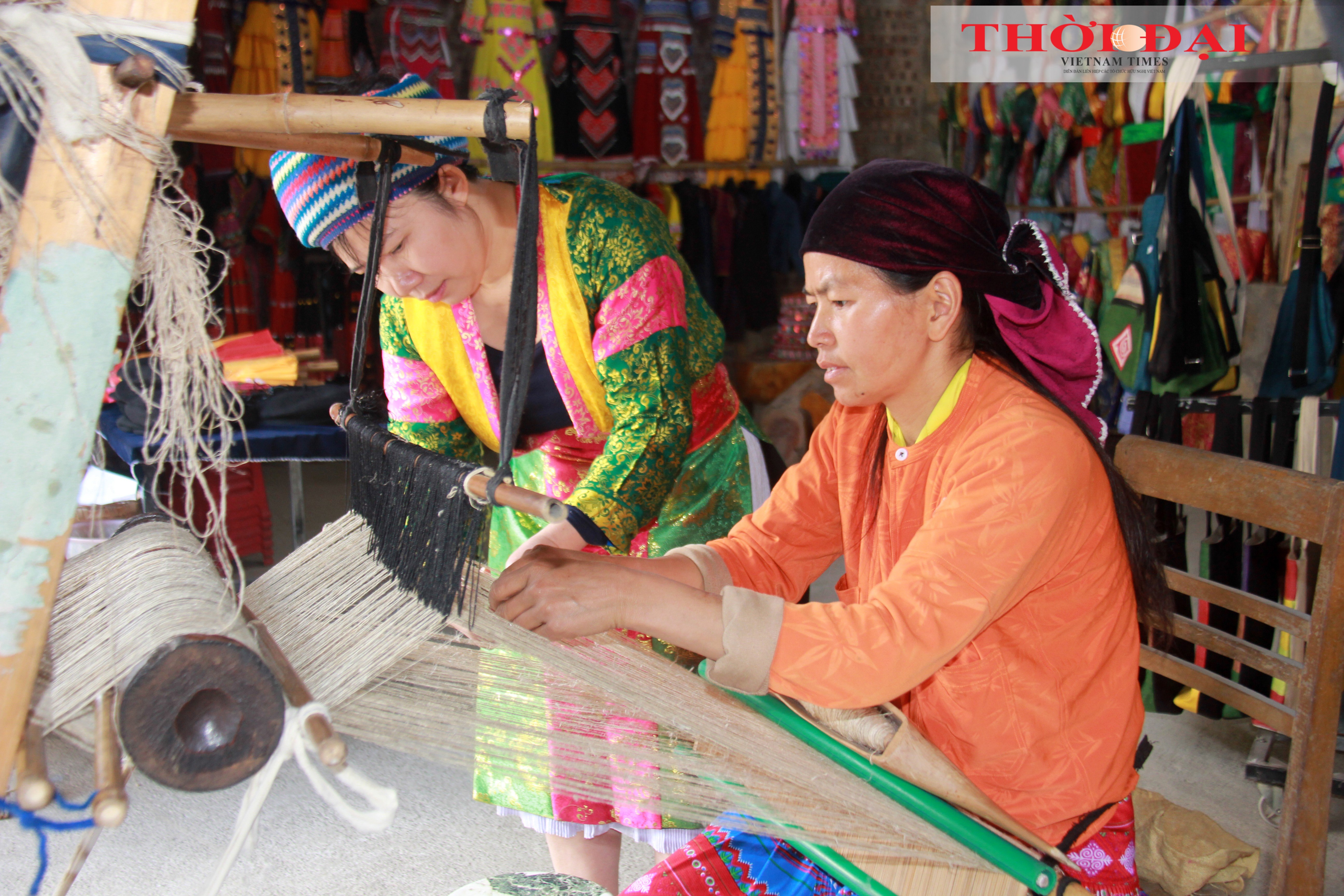

![[Photo] Prime Minister Pham Minh Chinh chairs a meeting of the Government Standing Committee on overcoming the consequences of natural disasters after storm No. 11](https://vphoto.vietnam.vn/thumb/1200x675/vietnam/resource/IMAGE/2025/10/09/1759997894015_dsc-0591-jpg.webp)

![[Photo] President Luong Cuong attends the 80th Anniversary of the Traditional Day of Vietnamese Lawyers](https://vphoto.vietnam.vn/thumb/1200x675/vietnam/resource/IMAGE/2025/10/09/1760026998213_ndo_br_1-jpg.webp)
![[Photo] General Secretary To Lam visits Kieng Sang Kindergarten and the classroom named after Uncle Ho](https://vphoto.vietnam.vn/thumb/1200x675/vietnam/resource/IMAGE/2025/10/09/1760023999336_vna-potal-tong-bi-thu-to-lam-tham-truong-mau-giao-kieng-sang-va-lop-hoc-mang-ten-bac-ho-8328675-277-jpg.webp)

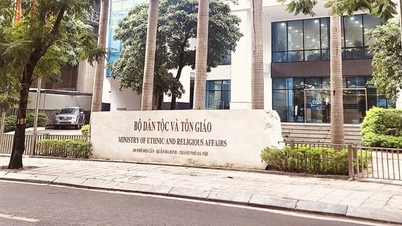

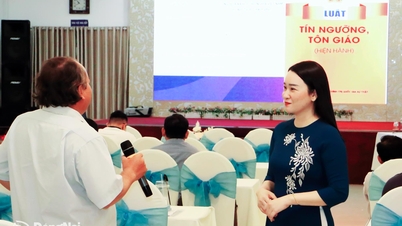

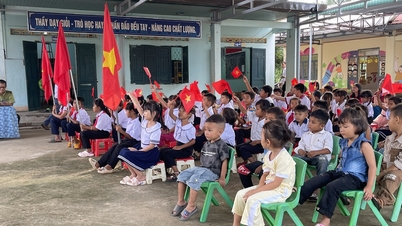











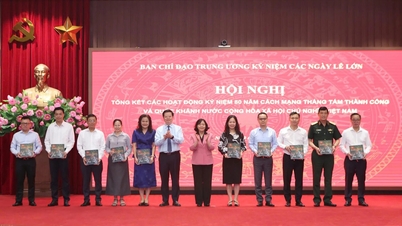

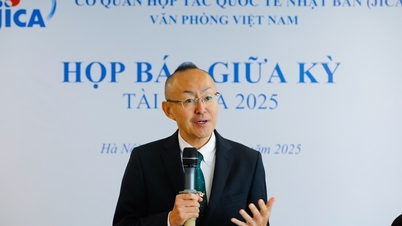


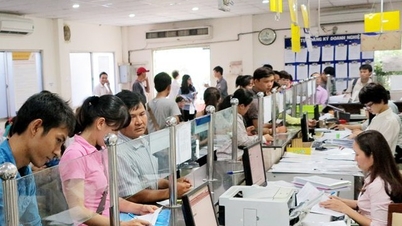












































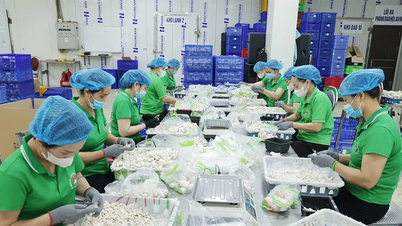


















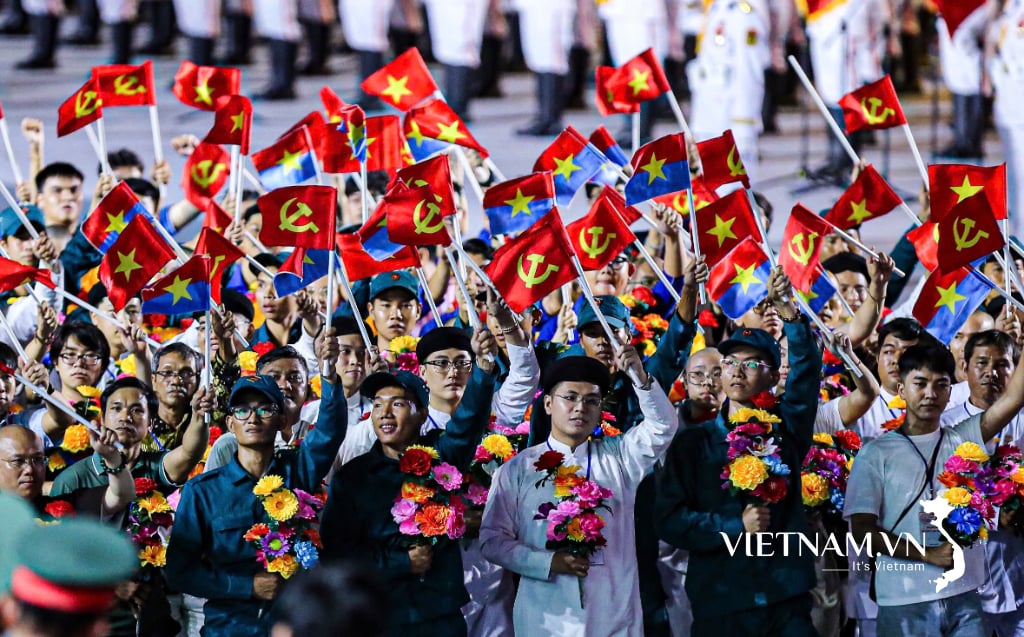


Comment (0)